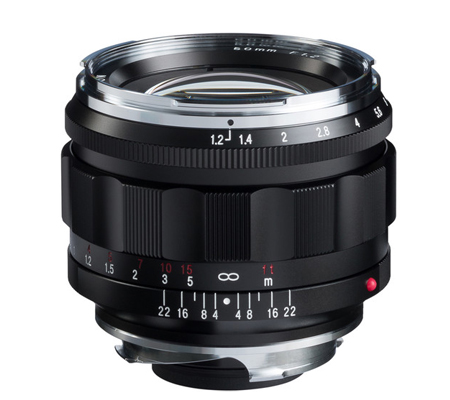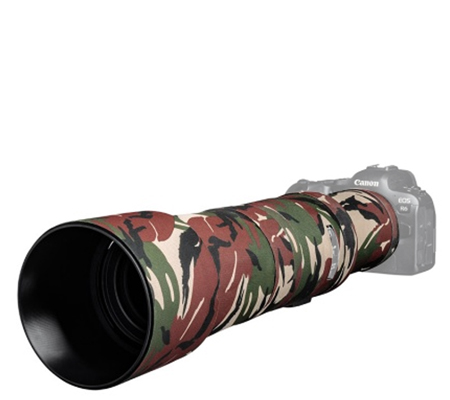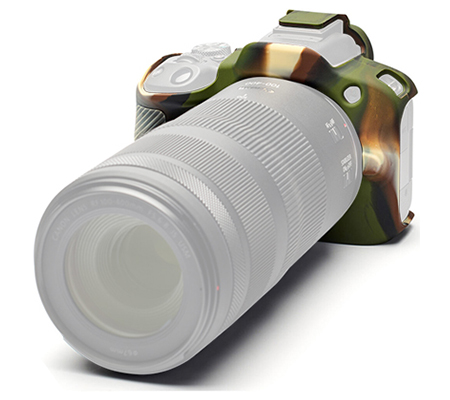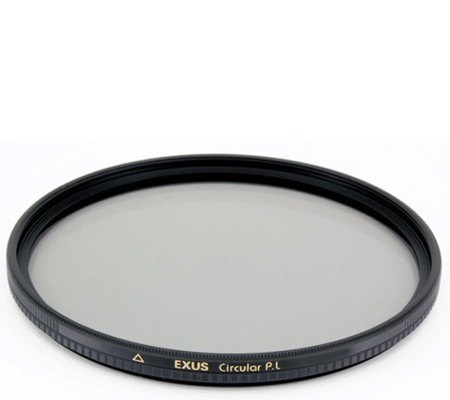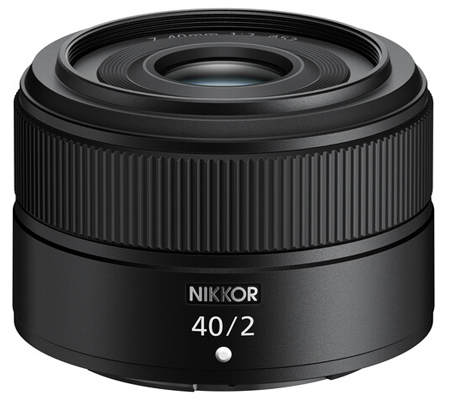
Specification :
We change the molecular surface to create an activated brush fiber. This is what make's the
Sensor Brush so unique. Read more...
Sensor Brush is engineered to be different with the following characteristics:
Charges - In order for the Sensor Brush to be more effective, the net charges on the filament are enhanced greatly using unique technology. During polymerization of polymers, one can add certain elements to enhance these charges. Another technique is to use a cross-linking technique or a gas chamber to add these extra molecules to enhance the net charges on the fibers. With these extra charges one can increase the safety value of the brush and ultimately the cleaning efficiencies. Neither of these processes will change the appearance of the brush.
Friction Resistant - using the above technique during processing one can change the friction resistance of the brush fibers. Therefore determining how much residue is left on the sensor by various polymers. Neither of these processes will change the appearance of the brush. Curing - it is done to prevent the residual stain left behind with most polymers. This could be achieved using high-temperature baking and/or chemical and radiation techniques. Fiber Thickness - Sensor Brush is made of the thinnest possible fibers. They are quite resilient in texture and several times thinner than a human hair and are 30-40% thinner than most consumer fibers.
Flow thru - Sensor Brush is designed to have the optimal fiber density concentration allowing the dust crystals to pass through without resistance. Resiliency - Sensor Brush fibers have the maximum resiliency. When coming in contact with an object its fibre bend, not resisting the object. This unique physical characteristic helps to prevent dust crystals from being dragged on the sensor surface. Wooden Handle - Sensor Brush has a wooden handle to reduce the risk of electrostatic discharges to the sensor. Regular brushes may transfer 5000-10000 voltage charges to the sensor. Long Lasting - Sensor Brush fibers are chemically treated to last a very long time. Cleanliness - Fibers for the sensor brush are treated chemically and physically to be free of dust and particles using various laboratory cleaning techniques.
Microscopically Inspected - Each sensor brush is microscopically inspected for cleanliness, entangled fibers, trapped particles and the above physical characteristics. Brushes that do not meet these standards are rejected. Safety is our top concern - One reason that our products have proven to be a better solution to other products on the market is that we put a lot of effort into making certain that our products are safe and will not damage your valuable equipment. We use precision equipment - When looking for imperfections in sensors and lenses most people will use a picture of the sky or a sheet of white paper. This does not always reveal all of the damage that may be inflicted on your sensor by other methods and may not become visible until its too late. We have taken the approach to do our tests with equipment that are far more sensitive using people who are highly trained at analyzing the results.
How is a Sensor Brush different from other brushes?
Other brushes such as Artist Brushes have serious flaws making them unsafe as a cleaning tool. Prolonged use of these brushes will lead to degradation in image quality. Most animal hairs are made of proteins shaped like hollow tubes, which will trap contaminants. Once these contaminants are released they will severely and irreversibly damaging the sensor. The use of these hollow tubes has advantages in painting because they release entrapped liquid slowly. But this has the opposite effect if used as cleaning tools. Animal hairs or fur may contain sharp scales leading to a microscopic aberration called sensor fatigue, which reduces transmitted light. Over time it will lead to sensor damage and image quality degradation that will not be immediately detected.
Another drawback to using these types of brushes is the glue that is used to attach the filaments. Sometimes glues used to stiffen the fibers during transportation are not removed completely and will eventually stain the sensor over time. These glues will attach to the surface of the glass covering the sensor. The various diameters of some traditional brush filaments are also unreliable because some of these brushes have mixed fibers to adjust the stiffness and integrity of the brush. Sensor brushes are made for the specific purpose of cleaning sensitive pieces of equipment, other types of brushes are made for different purposes.

